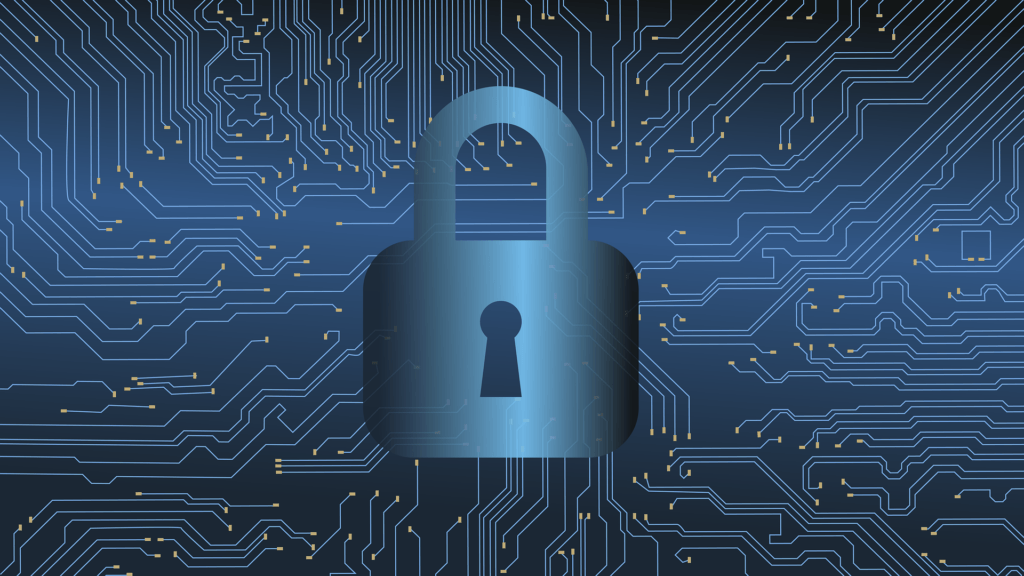Cybersecurity and digital privacy are major concerns for most online users. Whether you are an active internet user and have multiple social media accounts or just use the web for some occasional searching, you are at constant risk. Active online users are usually more aware of the security concerns and take steps to make their online existence safer. But there are still a large number of people who are ignorant about this issue. They don’t bother to protect their personal information, and they’re careless with organizational data, making themselves an easy victim of cybercriminals.
It should come as no surprise that there are many facts and statistics about cybersecurity that the average user is unaware of. Here are 10 of the most surprising facts related to cybersecurity and online privacy.
Top 10 most interesting statistics of cybersecurity industry
Fact #1
Many users assume the internet is basically fair and all online sites have transparent data policies, but that’s not true. Buried in the fine print of that EULA (End User License Agreement) that users just accept without ready are often a variety of concerning details about the privacy of user information and data. Many well-known businesses and popular social media sites use customer data in ways that most would find unethical. According to Infoworld, 43% of marketing organizations sell data. They are trading user data for various purposes including targeted advertisement and often leak personal information.
Fact #2
It is commonly assumed that big businesses and government organizations are the primary victims of cybercriminals. People believe that predators are not interested in small organizations and businesses. According to the statistics, however, approximately 43% of cyber attacks are aimed at small businesses. Most attacks are automated and indiscriminate, and small businesses and individuals typically have weaker security and more accessible data.
Fact #3
The internet provides virtually instant access to information, but not everything on the internet is super speedy. According to a report from June of 2019, the average time it takes to detect a data breach is 197 days. This means your information is accessible to unknown people for a good 6 months and can be used in various manipulative ways before you even find out about it.
Fact #4
According to one source, 91% of cyber attacks are launched through phishing emails. Attackers know that humans are the weakest link in the cybersecurity chain and that it’s relatively easy to exploit them. They continue to adapt and evolve phishing email and phishing website techniques to make their attacks even more convincing.
Fact #5
Microsoft is one of the most recognized brands in the world, and most users trust Microsoft, but that trust should not extend to downloading or opening Microsoft Office files. According to a study by Symantec, 48% of malicious email attachments are Microsoft Office files—an increase of almost 1000% since 2017 when it was just 5%. It’s very disturbing that nearly half of all malicious email attachments are Microsoft Office files.
Fact #6
Most people have dozens of apps installed on their smartphone. Apps are very useful for maintaining day-to-day errands, and managing professional tasks. But many of these apps also expose users to risk or compromise. There are thousands of malicious apps and mobile malware identified everyday. This is an alarming figure and is not something to be ignored.
Fact #7
It’s very convenient to shop online or pay utility bills from your computer or mobile device. Most users have done some sort of online transaction with a credit card. Credit card data is a prime target for attackers, though, which explains why 48% of online users have reported that their credit card details have been stolen and misused via ecommerce sites.
Fact #8
As security awareness increases, people are getting more conscious about online security. According to some estimates, 75% of online users are worried about their emails being read by unauthorized users and almost 34% have started using secure email providers and other encrypted technologies like VPN (Virtual Private Networks). Many VPN providers like NordVPN and ExpressVPN are available to provide encrypted tunnels for online activities. A VPN allows you to explore the internet anonymously and disguise your actual identity and location, making identity theft much more difficult.
Fact #9
Recent estimates suggest that 41% of children aged 8-17 have public profiles online. This demographic is also a prime target for predators. It’s probably a good thing then that approximately 44% of parents of teens have reported that they read the privacy policies of websites or social media sites their child is using and are monitoring their accounts.
Fact #10
Various security measures can be taken to reduce cybersecurity risks. Approx. 86% of the people have reported that they have deleted their personal information from online platforms and have restricted their audience. According to one study, however, 68% of online users are not satisfied with current laws for cybersecurity and privacy and are not sure about their implementation.
- 10 Security & Privacy Statistics That May Surprise You - February 12, 2020
- What You Need to Know about Doxxing and How to Prevent it - August 16, 2019



